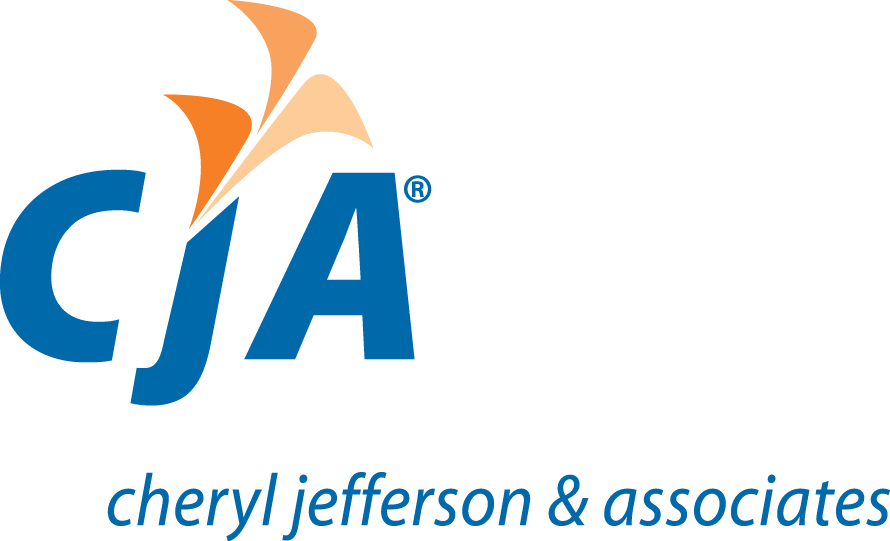Unallowable Cost Events
Unallowable events can seem harmless enough, but are they really? What is the real impact of unallowable events for government contractors? Before delving into the impact, let’s take a quick review of what is meant by the term unallowable event. Per FAR 31.001 Definitions, an unallowable cost is “a particular item or type of cost which, under the express provisions of an applicable law, regulation, or contract, is specifically named and stated to be unallowable”. All of this to say, government contractors need to be familiar with the Federal Acquisition Regulations (FAR). For our purposes here, contractors need to be, more specifically, familiar with FAR 31. These unallowable costs events do more than just sit in the unallowable cost section of the books. Unallowable events impact labor, fringe, overhead, and G&A rates.
Classifying costs
The effect of the item depends on the cost incurred. If it is simply a matter of an overhead or G&A expense with no labor involved then the effects are pretty straight forward. An overhead unallowable expense would need to be recorded as unallowable which will decrease the overhead rate and reduce the G&A rate. A G&A unallowable expense would need to recorded as unallowable which will decrease the G&A rate.
Time spent on planning
Some unallowable events include labor; such as, a booth at an unallowable tradeshow, Christmas parties, charity events, etc. These events involve the G&A cost of signing up for the event, purchases for the event, employee labor for planning and running the event, and the related fringe expenses for the employee labor. All of these must be recorded as unallowable. Per FAR 31.205-6(5), labor related to costs deemed unallowable are not allowable. As a result, the contractor’s fringe, overhead, and G&A rates will all decrease.
Effect on rates
The real impact is felt when the contractor submits provisional billing rates to the DCAA and indirect rates are finalized by the DCAA. Lower rates means the contractor will be forced to charge the government less for indirect expenses. Since the government cannot be charged for unallowable expenses, the government contractor must cover the unallowable costs out of pocket. In other words, a decrease in profits.
A government contractor needs to be aware of how spending decisions impact business. Time should be taken to review unallowable expenses which can be cut from the budget or at least minimized when managing indirect cost rates or multipliers. Talk to your accountant for advice on how to decrease these types of costs.
Contributed by Jamie M. Shryock, CPA

